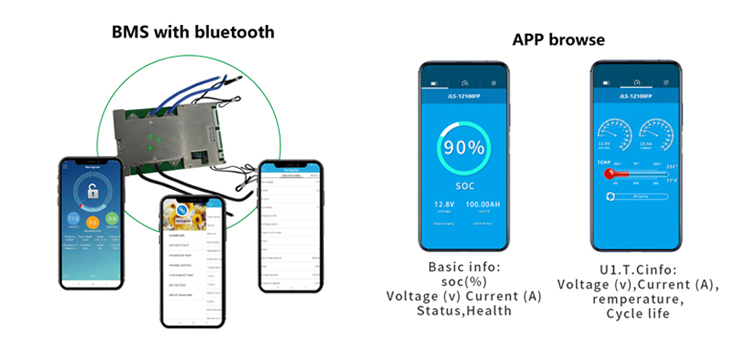We all know that there are many elements used in lithium batteries. And all of the materials used have different uses in batteries. You would be surprised to know that 50% of the cobalt produced worldwide is used in rechargeable batteries, most of which are lithium batteries. Since cobalt is a key component of these batteries, manufacturers need to get the best and purest cobalt available. Cobalt plays an important role in the battery chemistry of rechargeable lithium batteries by speeding up charging and extending life.
Lithium cobaltate is produced from ores of arsenic, sulfur, manganese and nickel and is used in intercalation electrodes. It is primarily used in lithium-ion rechargeable batteries, and cobalt hydroxide is used as a conductive additive to the cathode of rechargeable batteries. Lithium cobaltate, also known as lithium cobaltate or lithium ion cobalt (LCO), has a high capacity and can be used in cameras, cell phones or laptop computers.
Lithium nickel manganese cobalt oxide, also known as lithium manganese cobalt oxide (NMC) is the safest battery and is used in power tools, electric bicycles, etc. Lithium nickel cobalt aluminum oxide (NCA) is increasingly important in grid storage systems and power transmission systems.
Cobalt was discovered in 1739 by Swedish chemist George Brandt while conducting experiments. This is because cobalt is a shiny, hard and fragile element. Cobalt is produced from the ores of copper and nickel. Cobalt was first used as a cathode material for lithium-based batteries. However, due to the high price of cobalt, manufacturers are trying to replace the material. Aluminum, nickel and manganese alloys create a powerful mixture for cathode materials. It is more economical and offers enhanced performance. Most essentially portable devices run on cobalt-based batteries. Cobalt-based lithium batteries also have a long life. Cobalt cathodes can withstand 60% of lithium before they need to be replaced. Changing cobalt with inexpensive nickel can still produce an insert. This can manage the structure, but will reduce the capacity of the cell.
Lithium cobaltate consists of two-dimensional layers - one layer of oxygen and one layer of oxygen, then another layer of lithium and another layer of oxygen. The basic structure must remain the same. In order for lithium oxide to behave in a particular way, the structure should remain stable and unchanged. The carbon graphite material used in the cathode supports the layer structure and is able to store small amounts of lithium ions between them
Cobalt-based lithium batteries were first introduced by Sony in 1991. Cobalt is used as the cathode material in rechargeable batteries. A permeable polymer membrane separates the two electrodes, both of which are submerged in an electrolyte solution. The positive electrode retains lithium ions through an electrochemical interlayer, and the lithium ions pass through the electrochemical interlayer into a grid position within the structure of the positive electrode material. When a cell consisting of lithium-cobalt oxide (LI-co-O2) is charged, lithium ions roll out of the oxide and into the graphite electrode. During discharge, the opposite phenomenon occurs. When the lithium ion is pulled out of the oxide at the cathode, it is positively charged. Thus cobalt changes its oxidation state and the oxide becomes electrically neutral.

Cobalt increases the energy density of the battery so that the device can be used to maximum effect. It also provides longer runtimes, which makes cobalt-using laptops, cameras and cell phones attractive. Cobalt is used in lithium-based batteries because they offer high power and small size. The lithium and cobalt market is primarily driven by demand for batteries for consumer electronics and electric vehicles. Cobalt prices are hitting the skies due to increased demand from large battery manufacturers.
Globally, 1,00,000 tons of cobalt are produced annually, of which approximately 48,000 tons are used in the battery industry. To provide unparalleled energy, lithium cobaltate cathodes contain 60 percent cobalt. Cobalt-based lithium ions are primarily used in rechargeable batteries. Rechargeable batteries are those that can be recharged at a high cost before being discarded. It takes a few minutes to a long time for a charger to recharge these batteries. With the use of cobalt in such batteries, it becomes very fast. Cobalt is thermally stable and has a high energy density, properties that make it ideal for battery applications. Nickel-cadmium and nickel metal hydride are some of the other rechargeable batteries that use cobalt.
This is the cobalt in lithium batteries. Hopefully, you now understand how cobalt works and how it is used in lithium batteries.
While about half of the cobalt produced today is used in batteries, this metal has important other applications in electronics as well. The good news is that both lithium and cobalt are recyclable, although there is little lithium-ion battery recycling available.
